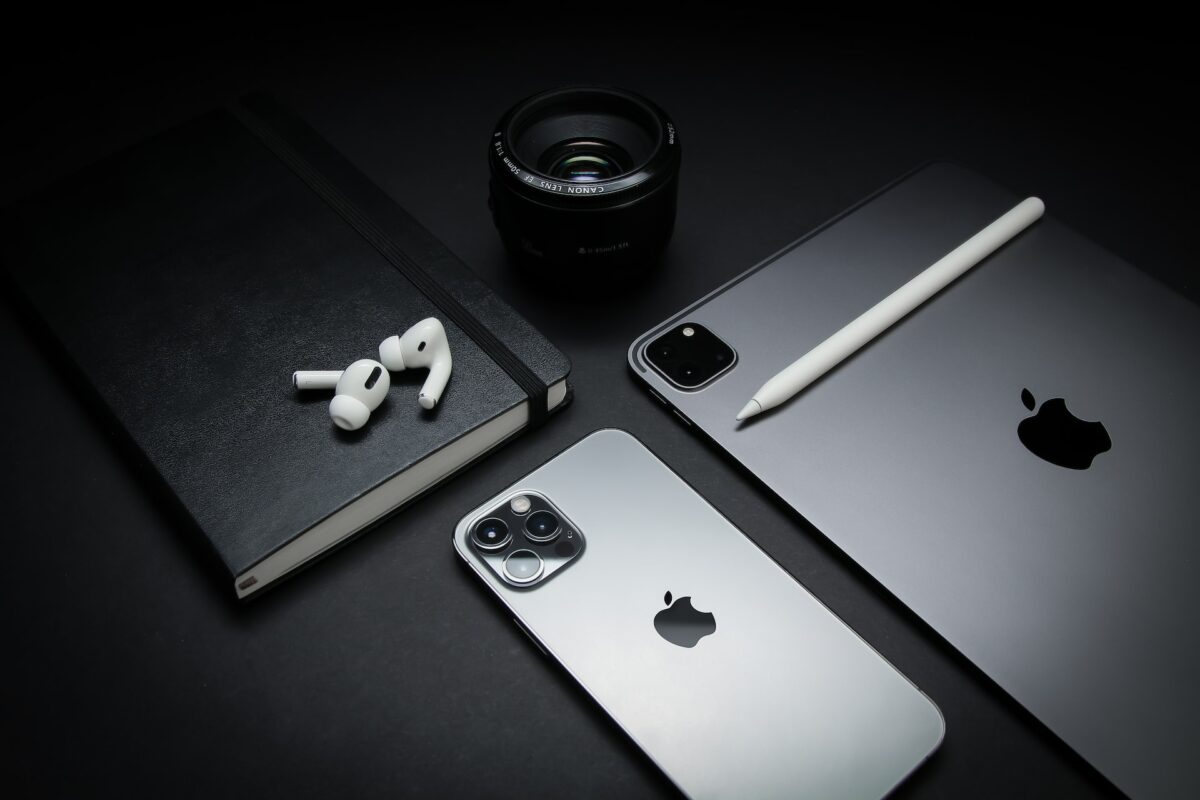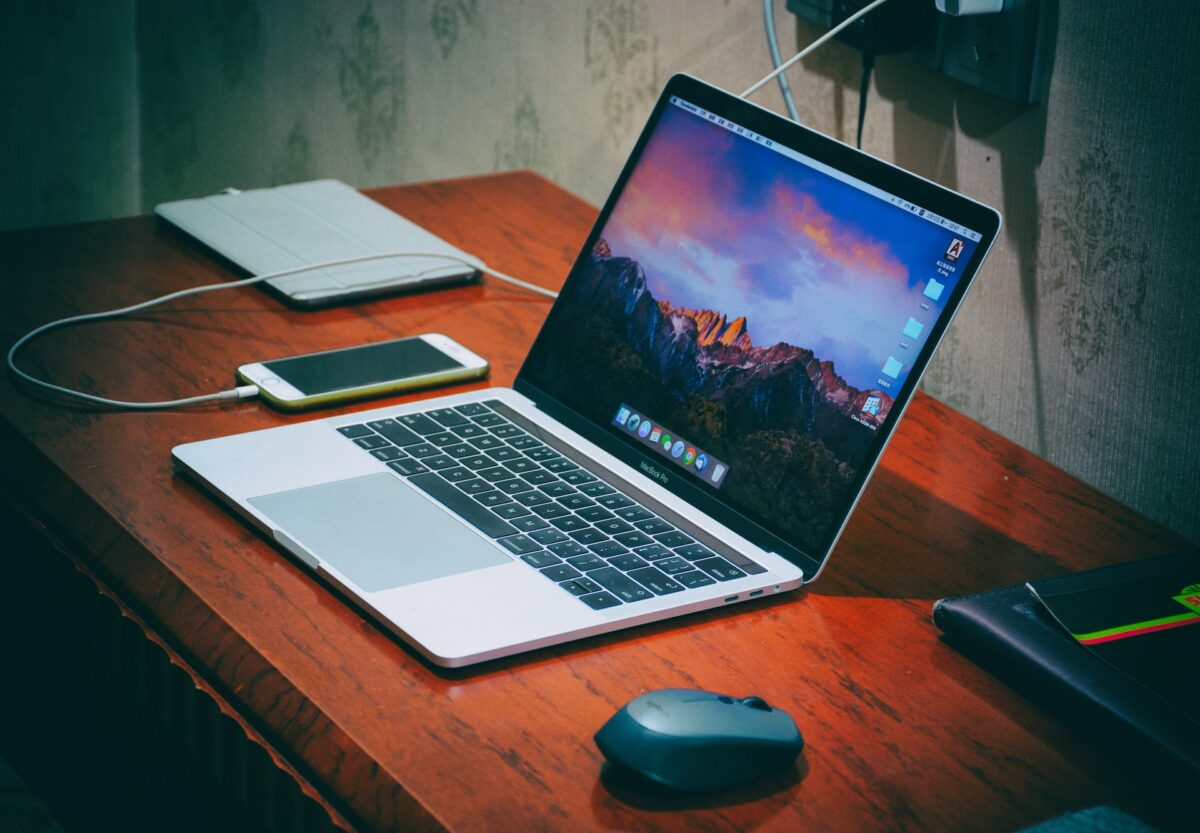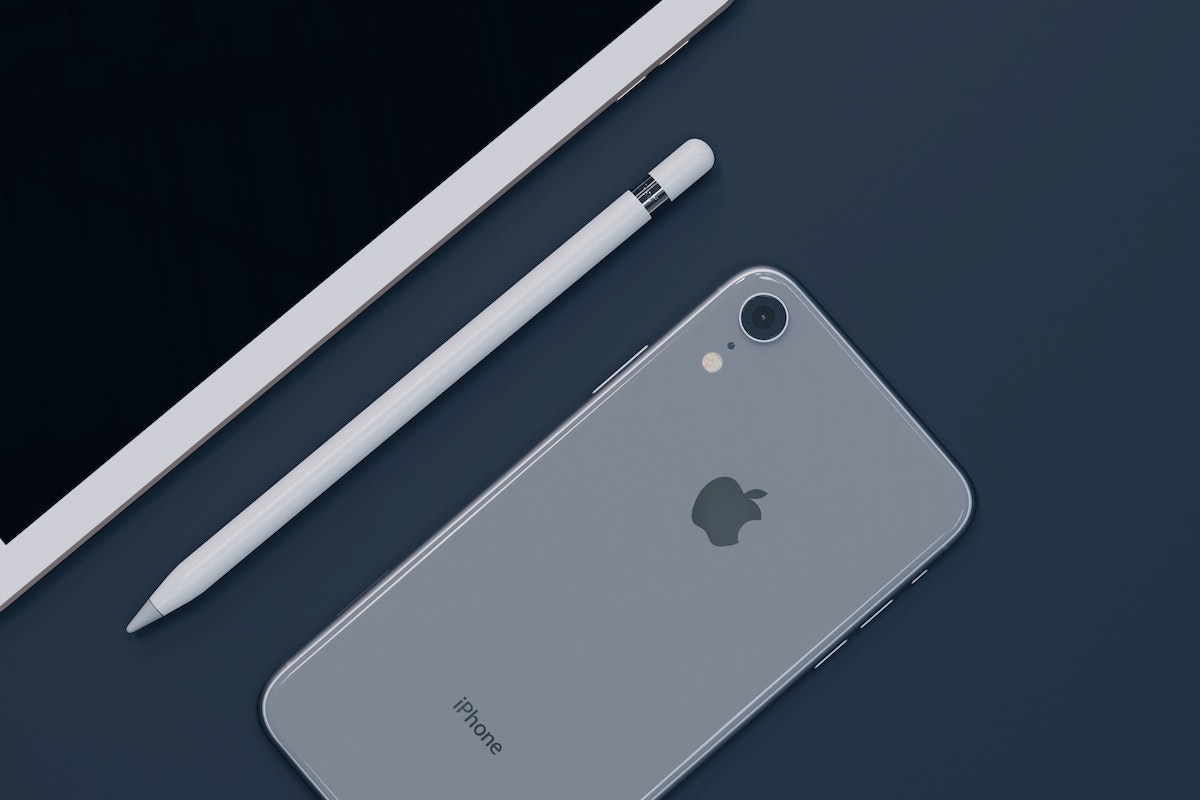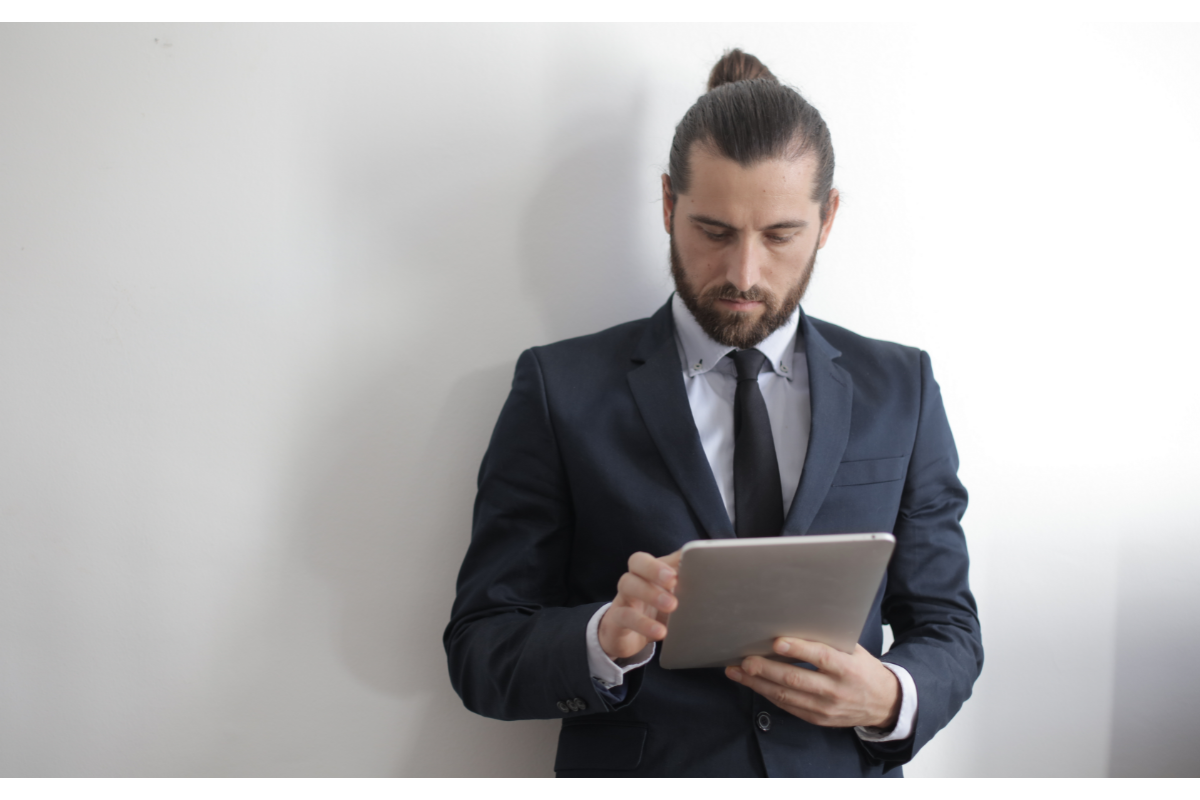Are you tired of manually transferring files between your iPhone and iPad?
Streamlining the process of syncing your iPhone and iPad has never been easier.
In this article, we’ll guide you through the steps on how to sync iPhone and iPad effortlessly, allowing you to seamlessly transfer music, photos, and other content between your devices.
One way to sync your devices is by using iCloud.
Simply turn on the toggle switches for the categories of app and content that you want to sync between your devices, and ensure that your email accounts are set up identically on both devices.
Another option is to use your computer to sync your devices using iTunes or Finder, depending on your macOS version.
If you have a PC, you will need to use iTunes to sync your iPhone, iPad, or iPod with your computer.
In this article, we will guide you through the process of syncing your iPhone and iPad, step-by-step.
Whether you are a beginner or an experienced user, you will learn how to sync your devices quickly and easily.
So, grab your iPhone and iPad, and let’s get started!
Table of Contents
ToggleWhy Syncing iPhone And iPad Is Important
If you own an iPhone and an iPad, syncing the two devices is essential to ensure that you have access to all your data and content on both devices.
Here are a few reasons why syncing your iPhone and iPad is important:
Access To Your Data And Content On Both Devices
Syncing your iPhone and iPad allows you to access all your data and content on both devices.
For instance, if you take a photo on your iPhone, you can easily access it on your iPad without having to transfer it manually.
You can also sync your contacts, emails, messages, and other data between the two devices, so you always have access to the latest information.
Save Time And Effort
Syncing your iPhone and iPad can save you a lot of time and effort.

Instead of manually transferring data between the two devices, syncing allows you to do it automatically.
You can also set up automatic syncing for specific content, such as photos, music, and documents, so you don’t have to worry about transferring them manually.
Keep Your Devices Up-to-Date
Syncing your iPhone and iPad ensures that both devices are up-to-date with the latest software and content.
For instance, if you download a new app on your iPhone, it will automatically be downloaded on your iPad as well.
You can also sync your settings, so your preferences and configurations are the same on both devices.
Backup Your Data
Syncing your iPhone and iPad also allows you to backup your data in case you lose or damage one of the devices.
You can set up automatic backups to iCloud or your computer, so you always have a copy of your data and content.
Overall, syncing your iPhone and iPad is essential to ensure that you have access to all your data and content on both devices, save time and effort, keep your devices up-to-date, and backup your data.
How To Sync iPhone And iPad
If you own both an iPhone and an iPad, syncing them using iCloud is a great way to keep all your data up-to-date on both devices.
Here’s how to set up iCloud on your iPhone and iPad and sync your data between them.
Setting Up iCloud On Your iPhone And iPad
To begin syncing your iPhone and iPad with iCloud, you’ll need to set up iCloud on both devices. Here’s how:
- Open the Settings app on your iPhone and tap on your name at the top of the screen.
- Tap on “iCloud” and make sure that all the categories of app and content that you want to sync between your iPhone and iPad are turned on.
- Repeat this process on your iPad to ensure that the settings are identical on both devices.
Syncing Data With iCloud
Once you’ve set up iCloud on both your iPhone and iPad, you can start syncing your data between them.
Here’s how to sync various types of data using iCloud:
Contacts
- On your iPhone, go to “Settings” > “Contacts” > “Accounts” > “iCloud” and turn on “Contacts”.
- On your iPad, go to “Settings” > “Contacts” > “Accounts” > “iCloud” and turn on “Contacts”.
- Your contacts should now sync automatically between your iPhone and iPad.
Photos
- On your iPhone, go to “Settings” > “Photos” and turn on “iCloud Photos”.
- On your iPad, go to “Settings” > “Photos” and turn on “iCloud Photos”.
- Your photos should now sync automatically between your iPhone and iPad.
Other Data
- On your iPhone, go to “Settings” > “iCloud” and turn on any other categories of data that you want to sync with your iPad.
- On your iPad, go to “Settings” > “iCloud” and turn on the same categories of data.
- Your data should now sync automatically between your iPhone and iPad.
iCloud Storage
It’s important to note that iCloud only provides 5GB of free storage.
If you need more storage, you’ll need to purchase additional iCloud storage. To do this:
- On your iPhone or iPad, go to “Settings” > “iCloud” > “Manage Storage”.
- Here, you can see how much iCloud storage you’re using and purchase additional storage if necessary.
That’s it! With iCloud set up on your iPhone and iPad, you can now easily sync your data between the two devices.
How To Sync iPhone And iPad With A Computer
Syncing your iPhone and iPad with a computer is a great way to keep your devices up-to-date and make sure you always have access to your favorite content, even when you’re offline.
In this section, we’ll cover how to sync your iPhone and iPad with your computer using iTunes or Finder on a Mac, and iTunes on a PC.

Using iTunes To Sync Your iPhone And iPad
To sync your iPhone and iPad with iTunes, you’ll need a USB cable and the latest version of iTunes installed on your computer.
Here’s how to do it:
- Connect your iPhone or iPad to your computer using a USB cable.
- Open iTunes on your computer.
- Click on the device icon in the top left corner of the iTunes window.
- Select the type of content you want to sync, such as music, apps, movies, audiobooks, or videos.
- Check the box next to “Sync [content type]” to enable syncing for that content type.
- Click on the “Apply” or “Sync” button to start syncing your content.
Syncing Content With Finder On Mac
If you have a Mac running macOS Catalina or later, you can use Finder to sync your iPhone and iPad instead of iTunes. Here’s how to do it:
- Connect your iPhone or iPad to your Mac using a USB cable.
- Open Finder on your Mac.
- Click on your device under the “Locations” section in the Finder sidebar.
- Select the type of content you want to sync, such as music, apps, movies, audiobooks, or videos.
- Check the box next to “Sync [content type]” to enable syncing for that content type.
- Click on the “Apply” or “Sync” button to start syncing your content.
Syncing Content With iTunes On PC
If you have a PC, you’ll need to use iTunes to sync your iPhone and iPad. Here’s how to do it:
- Connect your iPhone or iPad to your PC using a USB cable.
- Open iTunes on your PC.
- Click on the device icon in the top left corner of the iTunes window.
- Select the type of content you want to sync, such as music, apps, movies, audiobooks, or videos.
- Check the box next to “Sync [content type]” to enable syncing for that content type.
- Click on the “Apply” or “Sync” button to start syncing your content.
Syncing your iPhone and iPad with your computer is a great way to ensure you always have access to your favorite content, even when you’re offline.
Just make sure you have enough storage space on your devices and computer to accommodate all the media you want to sync.
Additionally, if you have automatic downloads enabled, any new content you purchase from the App Store or iTunes Store on one device will automatically download to the other device when it’s connected to the internet.
How To Sync iPhone And iPad With Third-Party Websites
If you want to sync your iPhone and iPad with third-party websites, there are a few things you need to know.
In this section, we’ll cover two ways to sync your devices with third-party websites: syncing with vendor websites and syncing with email addresses.
Syncing With Vendor Websites
Many vendors offer their own syncing services that allow you to keep your data in sync across multiple devices.
For example, if you use Dropbox, you can download the Dropbox app on both your iPhone and iPad and sign in to your account.
Once you’re signed in, any changes you make to your files on one device will automatically be synced to the other.
Here’s how to sync your iPhone and iPad with a vendor website:
- Download the app for the vendor website on both your iPhone and iPad.
- Sign in to your account on both devices.
- Make sure that syncing is enabled in the app’s settings.
Syncing With Email Addresses
Another way to sync your iPhone and iPad is to use your email address.

If you use an email service like Gmail or Outlook, you can set up your email account on both devices and enable syncing.
This will allow you to keep your email, contacts, and calendar in sync across both devices.
Here’s how to sync your iPhone and iPad with your email address:
- Open the Settings app on both your iPhone and iPad.
- Tap on “Passwords & Accounts.”
- Tap on “Add Account” and select your email provider.
- Follow the prompts to sign in to your account.
- Make sure that syncing is enabled for email, contacts, and calendar.
In conclusion, syncing your iPhone and iPad with third-party websites is a great way to keep your data in sync across multiple devices.
Whether you choose to sync with a vendor website or your email address, it’s important to make sure that syncing is enabled and that you’re signed in to your account on both devices.
Troubleshooting Syncing Issues
If you are having trouble syncing your iPhone and iPad, there are several things you can do to troubleshoot the issue.
Here are some steps you can take to resolve syncing issues.
Sign Out And Sign In To iCloud
One of the first things you can try is to sign out and sign in to iCloud on both devices.
This can help refresh the connection between the two devices.
To do this, go to Settings > [Your Name] > Sign Out on both devices. Then sign in again with your Apple ID.
Check Wi-Fi Network
Make sure that both your iPhone and iPad are connected to the same Wi-Fi network.
If they are not, syncing may not work properly.
You can check your Wi-Fi network by going to Settings > Wi-Fi on both devices.
Check iCloud Storage Plan
Check your iCloud storage plan to make sure that you have enough space to sync your devices.
If you don’t have enough space, you may need to upgrade your storage plan.
You can check your storage plan by going to Settings > [Your Name] > iCloud > Manage Storage on both devices.
Update iOS Or macOS Version
Make sure that both your iPhone and iPad have the latest version of iOS or macOS installed.
If not, update your devices to the latest version.
You can check for updates by going to Settings > General > Software Update on both devices.
Check Automatic Downloads Settings
Make sure that Automatic Downloads is turned on for both devices.
This will ensure that any new content you purchase or download on one device is automatically downloaded on the other device.
You can check your Automatic Downloads settings by going to Settings > [Your Name] > iTunes & App Store on both devices.
Reset Network Settings
If none of the above steps work, you can try resetting your network settings.
This will reset all your network settings to their default values.
To do this, go to Settings > General > Reset > Reset Network Settings on both devices.
Check USB Cable Connection
If you are syncing your devices using a USB cable, make sure that the cable is properly connected to both devices.

You can also try using a different USB cable to see if that resolves the issue.
By following these steps, you should be able to resolve any syncing issues between your iPhone and iPad.
If you continue to experience problems, you may want to contact Apple Support for further assistance.
Key Takeaways
So, you’ve learned how to sync your iPhone and iPad.
Here are a few key takeaways to keep in mind:
- iCloud is your friend. Use it to sync your apps, contacts, calendars, and more between devices.
- Make sure your email accounts are set up identically on both devices. This will ensure that your email is synced properly.
- iTunes can also be used to sync your iPhone and iPad. Just make sure you have the latest version installed on your computer.
- If you have contacts in both iCloud and Google, follow the steps provided in the search results to ensure they are synced properly.
- Don’t forget to turn on the toggle switches for the categories of app and content you want to sync between devices.
- Finally, always make sure you have a backup of your data in case something goes wrong during the syncing process.
By following these tips, you should be able to easily sync your iPhone and iPad and keep all your data up to date and accessible on both devices.











